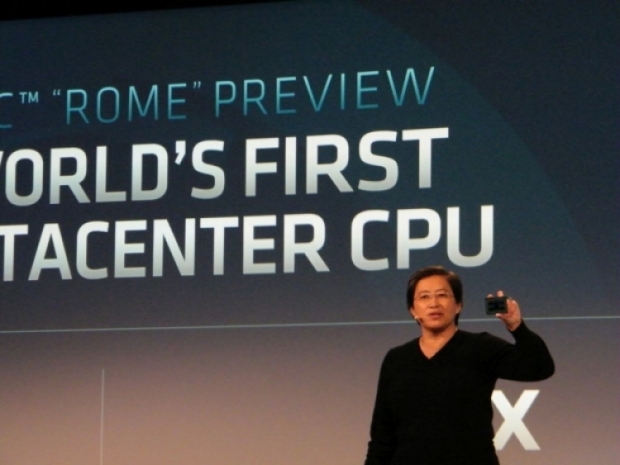So both us and AMD are right and, of course, TSMC declines to comment on this matter. The question of longevity of the solution is something that piqued our interest but the bigger problem for AMD right now is to manufacture enough of the 7nm chipset pieces.
It turns out that 7nm is a tough process and Rome is quite a big 7nm chip. The total number of transistors is 32 billion. There are eight chiplets and a massive 12nm IO core with 416mm2 and 8.34 billion transistors. Each of the eight chiplets has 3.9 billion transistors in 74mm2 which is actually smaller than Apple A13 or Qualcomm Snapdragon 855, Kirin 990 SoC.
The big problem is that AMD doesn’t have that much expertise in 7nm as the mobile guys and the mobile chips are running at much lower voltages. It also helps that Apple, Qualcomm, and Huawei are on the second generation 7nm, and every generation is naturally more optimized and faster.
Still, regardless of hurdles, Rome is AMD’s best bet in the data center market that will absolutely win it some market share are against Intel.

